

An ounce of information
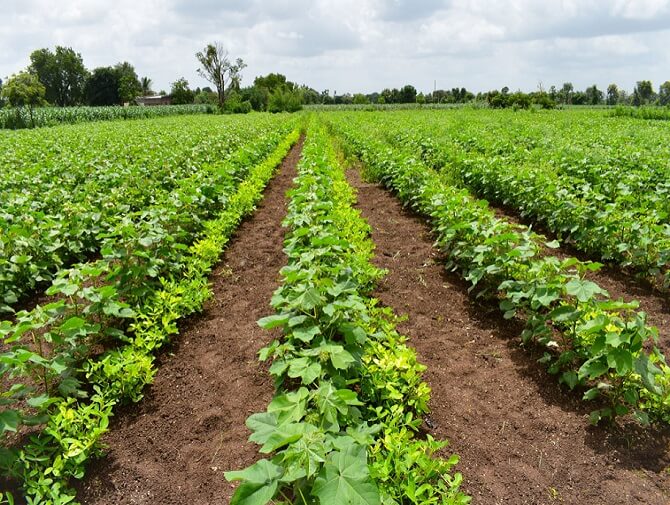
Article by Pnut King
Published on 03/24/2023 in Peanut Farming
Intercropping and crop rotation are two of the most common agricultural methods used to produce peanuts around the world. But what exactly are they? And what is the difference between them?
The agriculture industry is constantly evolving, adapting, and finding new ways to enhance the growth and yield of peanut crops. And these two approaches are all about ensuring the best harvest possible – just as ancient methods of slashing and burning evolved into the modern tractor farming, we know today.
Read on as we take a closer look at these two farming practices and find out how they can improve peanut crop yield, soil health, and pest control.
Intercropping is the practice of growing peanuts alongside alternative crops such as sorghum, garlic, tomatoes, cotton, and corn, on the same land and in close proximity. Intercropping is all about supporting healthier growth; for example, intercropping peanuts with corn promotes natural pest control and boosts peanut yields.
Intercropping differs from crop rotation, which is where two or more crops are grown one after the other.
Row intercropping is the growing of two or more crops in the same field at the same time, with at least one of the crops grown in distinct rows. Adding corn between the rows of peanuts reduces the presence of peanut aphids, improving yields and providing a non-chemical solution to pest control.
Strip intercropping is the practice of growing cotton and peanuts together in wide strips. The crops are planted such that they have enough space between them to allow for separate production of crops, but also close enough to allow the crops to interact. Wide-strip intercropping of cotton and peanuts combined with strip rotation increases crop productivity and boosts the farmer’s economic returns.
Mixed intercropping or mixed cropping is the oldest form of agriculture system. It can be defined as the growing of two or more crops at the same time – but with no distinct row arrangements. Groundnuts are typically grown as a mixed crop, mixed in with pearl millet, sorghum, or castor.
The main difference between mixed intercropping and other types of intercropping is while mixed cropping involves two or more crops being planted and cultivated on the same land (such as peanuts and sunflowers, or peanuts and pigeon peas), intercropping specifically involves the planting of peanuts and maize in a distinct pattern.
Finally, relay intercropping or relay cropping is a system in which a crop is planted into an existing crop when it has flowered – but before it’s time to harvest the first crop. This creates a minimal overlap of the crops and may allow for a higher grain yield. Intercropping with peanuts that have been relay-planted between different patterns of rice rows, for example, is well known to increase the yield of red rice in an aerobic irrigation system.
INTERCROPPING | MIXED CROPPING |
| Groundnut + Red gram (7:1) | Groundnut + Sunflower |
| Groundnut + Castor (7:1) | Groundnut + Sorghum |
| Groundnut + Sorghum (6:2) | Groundnut + Marigold |
| Groundnut + Chilli (2:2) | Groundnut +Maize |
| Groundnut + Pearl Millet (6:2) | Groundnut + Cotton |
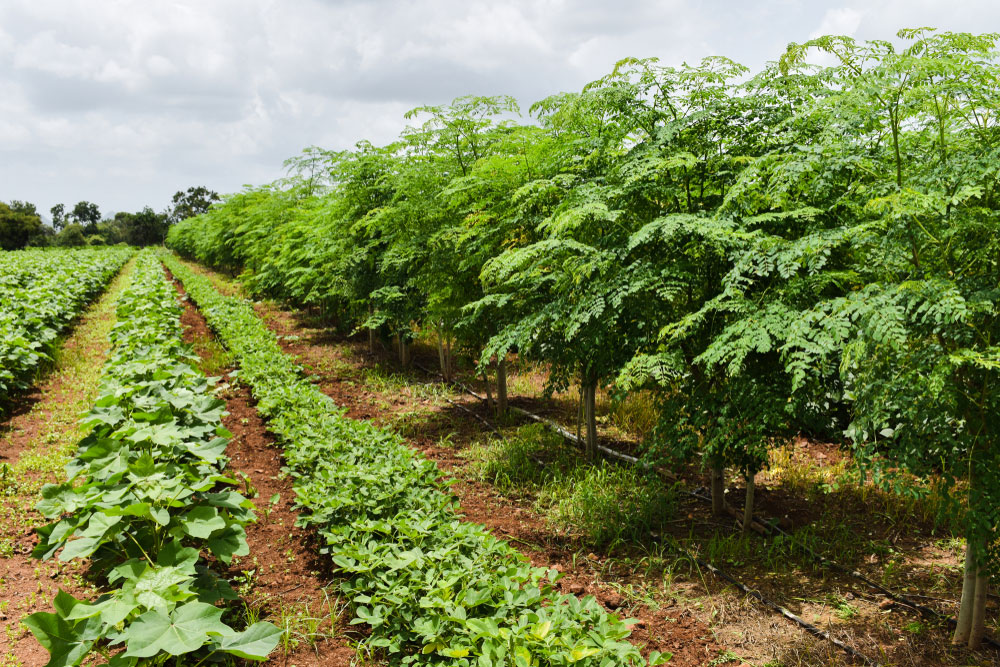
Crop rotation, or sequential cropping, is the practice of growing different crops one after the other on the same plot of land.
For best results, the successor crop should belong to a different family from that of the previous crop. The groundnut in general should be rotated with cereals like maize, wheat, sorghum (jowar), pearl millet (bajra), or minor millets. It has also been found that groundnuts do well when they follow wheat, maize, sorghum (jowar), pearl millet (bajra), and tobacco harvests.
The sequential planting of a number of different crops helps to break the life cycles of weeds and discourages any further growth that might affect peanuts. Crop rotation is an effective way to control dicot weeds that typically prosper around groundnut plants. The application of pre-emergence herbicide alongside rotation with cereal crops and one or two intercultural operations has been found to be sustainable and effective in managing these weeds.
If peanuts are rotated with another row crop like cotton or corn, instances of root-knot nematode are reduced and peanut yields increase. The longer the crop rotations are sustained, the more productive the peanut crop will be.
Legumes such as groundnuts and beans deposit nitrogen in the soil. This nitrogen may be utilised by other crops such as maize when their green portions and roots decompose. As a consequence, yields are larger and more steady, without the need for costly inorganic fertilizers.
When a single crop is continually grown, certain soil nutrients can become depleted. When crops that have different nutritional needs are rotated, it improves soil fertility. This helps to prevent the depletion of any essential elements in the soil. The residual nutrients left by groundnuts are well known to improve the productivity of cereal crops.
A more diverse diet and a wider range of produce to sell are just two of the benefits that come from growing a variety of different crops.
Producing several different crops reduces many of the risks that come from growing just a single crop such as drought, pests, or a low market price. In order to reduce risk in the farming system, groundnuts should be grown in rotation with other crops or as an intercrop, especially alongside grass-type plants. Remarkably, groundnuts have been shown to improve the yield of subsequent maize and other grain crops by up to 20%.
Here are some useful tips to follow when you utilise crop rotation:
Knowing exactly which family your crops belong to helps you to ensure that you are switching up the crops efficiently. If you accidentally plant a crop that is too similar to the previous one, then you can encourage pests, and deplete the soil fertility.
Family | Common names |
| Allium | Chive, garlic, leek, onion, shallot |
| Cucurbit (gourd family) | Bitter gourd, bottle gourd, chayote cucumber, ivy gourd, luffa gourd, melon, pumpkin, snake gourd, squash, wax gourd |
| Crucifer (Brassica) | Bok choy (petchay), broccoli, Brussels sprout, cabbage, Chinese cabbage, cauliflower, collard, kale, kohlrabi, mustard, radish, turnip, watercress |
| Legume | Common bean, black bean, broad bean (fava), clover, cowpea, garbanzo, hyacintd bean, kidney bean, lima bean, lintel, mungbean, peanut, pigeon pea, pinto bean, runner bean, snap pea, snow pea, soybean, string bean, white bean |
| Aster | Lettuce, artichoke |
| Solanaceous (nightshade family) | Potato, tomato, pepper, eggplant |
| Grains and cereals | Corn, rice, sorghum, wheat, oat, barley, millet |
| Carrot family | Carrot, celery, dill, parsnip, parsley |
| Root crops | Cassava, sweet potato, taro, yam, water chestnut |
| Mallow family | Cotton, okra |
Making a list of the crops you want to grow helps you to ensure you’re rotating your crops efficiently. And when you plan your rotations, you can take into consideration the market demand for your produce and plan accordingly.
After growing and harvesting legumes, cereals tend to produce a higher yield while experiencing less insect, disease, and weed activity. Maize, sorghum, pearl millet, and small grain crops can all be successfully grown following groundnuts.
Green manuring is the process of growing crops that help to build and maintain the structure and fertility of the soil. These crops can also cover barren soil to help stop erosion and smother weeds. Peanut cover crops release nitrogen into the soil as the plant decomposes, which contributes to the future yield of rotation crops.
Keeping detailed farm records helps you to make accurate forecasts and allows you to keep track of which techniques work and which ones don’t.
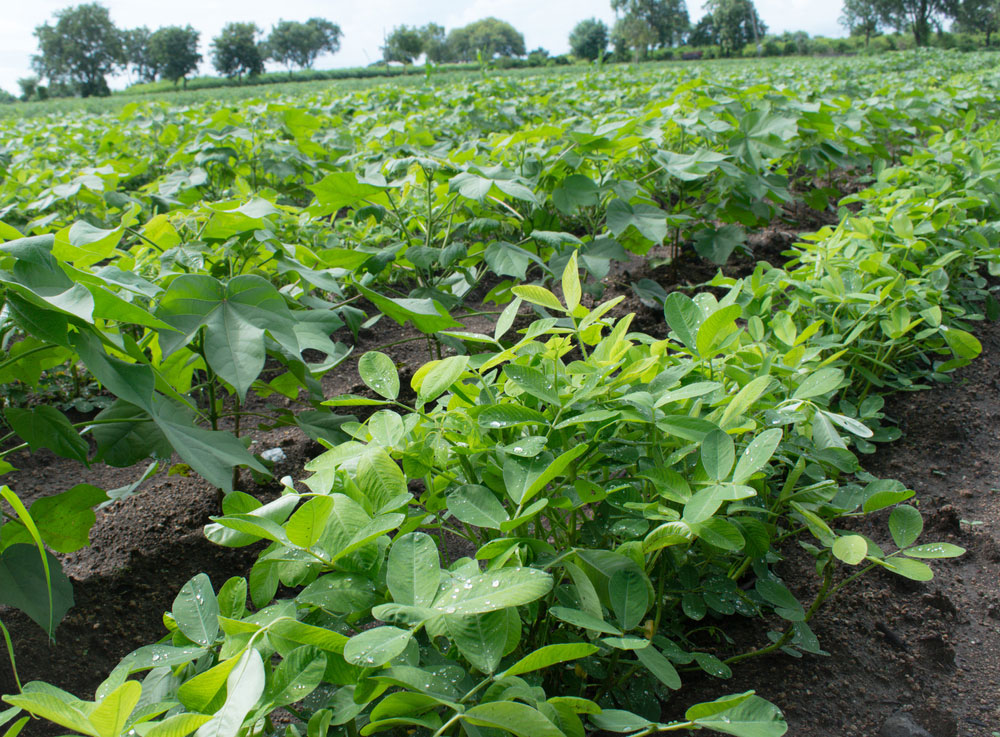
When growing a single crop or a diverse range of crops, you can utilise a number of different cropping systems. Here are some options:
Monocropping is when you only grow one type of crop year after year. This system has a number of disadvantages – for example, it encourages pests and diseases, damages the structure of the soil, and can reduce soil fertility. In some areas, 20 years of peanut monoculture led to a strong decline in soil fertility, as indicated by soil microbiological indices.
This cropping system involves growing two or more crops one after the other in the same year and same field. Growing more than one crop helps to combat pests and diseases, and there is little competition for light, water, and nutrients. Typical combinations include cotton and groundnuts, as well as pearl millet, potatoes and groundnuts.
Minor millets known to be drought tolerant require moisture for germination in order to deliver guaranteed yields. Strip cropping by planting strips of these cereal crops among groundnut crops helps to protect the farmer’s yields.
Mastering the agriculture industry is no easy task. There is a huge amount of time, effort, and learning needed to ensure you can make the most of your crops and create a reliable and steady yield.
By knowing the advantages and disadvantages of intercropping and crop rotation, as well as all of their subcategories, you can start to make more educated decisions on how you want to cultivate your crops – allowing you to improve yields and enhance the fertility of your soil.
With over 17 years of experience in the peanut industry and numerous awards recognising his contributions, he founded Agrocrops in 2008, a leading global peanut company. His passion for peanuts drives his commitment to improving the industry for all stakeholders and promoting sustainability.

Published on 06/01/2025 in
.jpg)
Published on 02/01/2025 in

Published on 02/01/2025 in

Published on 30/12/2024 in
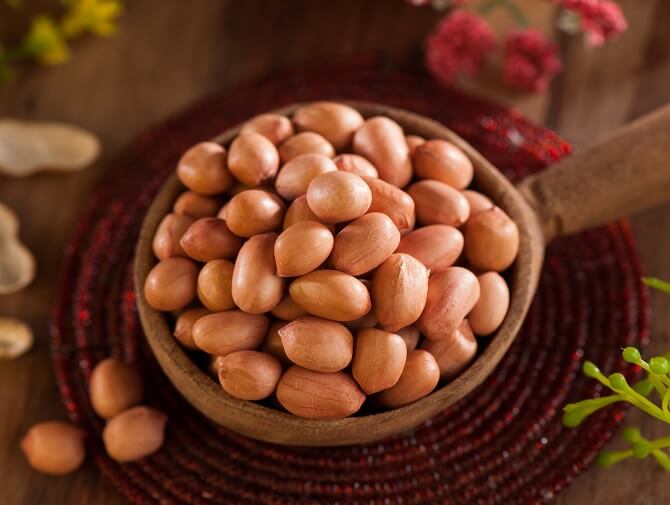
Published on 03/10/2023
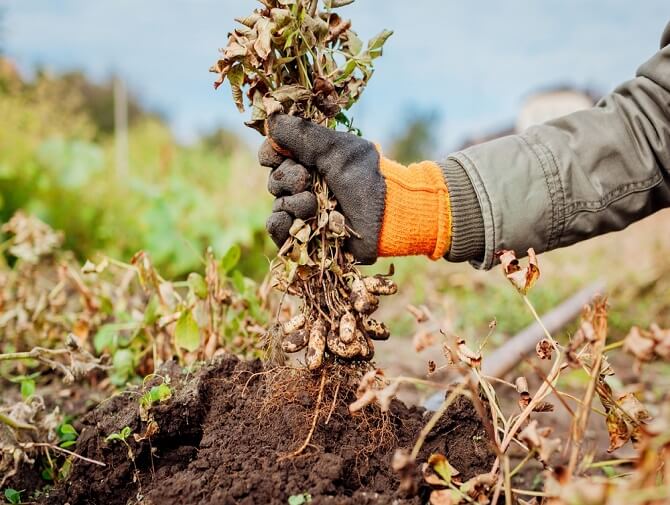
Published on 03/06/2023
.jpg)
Published on 03/03/2023

Published on 03/03/2023
